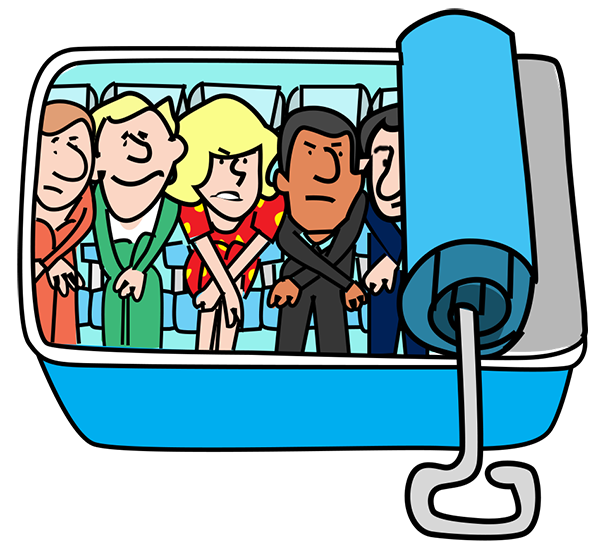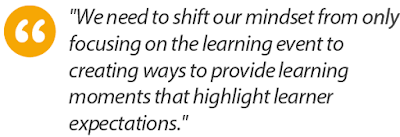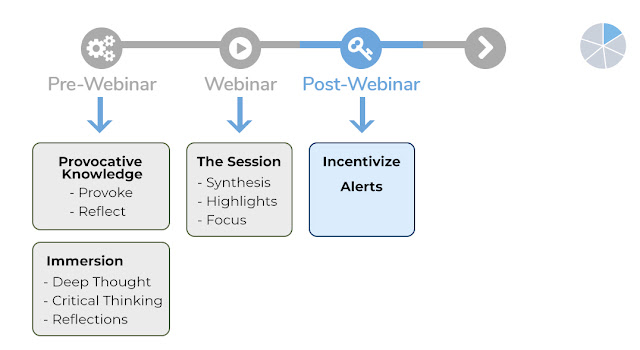Have you ever been on an airline flight where you are crammed in between other people? Do you feel like you’re sardines in a can, just waiting for the plane to land so you can get out?
Likewise, when we cram loads of content into our learning sessions, it leaves no room for our learners to mentally “stretch their legs” and reflect on what they’re learning. This “sardine can effect” restricts a full learning experience.
Pre-Work Avoidance Causes
Learners typically avoid doing any sort of pre-work. Why is that? One reason is that we have created a culture of events-based learning. These learning events are conducted outside of the workflow with a start and stop time. Training classes and webinars are examples. Events-based learning creates an expectation that learning takes place only during the learning event.
The Cure
Michael Allen and others assert that learning extends beyond formal training events. There is a need to support spaced learning to allow time for reflection, application, contextualization, and reinforcement. Moving beyond the events-based approach gives learners time to consider:
- What am I going to learn?
- What problem, opportunity, or improvement does it address?
- Where/how can I apply what I learn?
As trainers/designers, we need to shift our mindset from only focusing on the learning event to creating ways to provide learning moments that highlight learner expectations. This includes:
How to Structure Your Webinar
Structure your webinar into three phases in order to add activities for maximizing learning.
Phase 1: Pre-Webinar: Identify the problem
Phase 2: During Webinar: Discuss and focus on how to figure out the solutions
Phase 3: Post-Webinar: Ensure they are able to apply the ideas
Make your activities intentional, relevant, and fun. Name your activities pre-webinar and post-webinar. Pre-webinar activities help learners identify the problem and reflect on potential solutions by drawing on their own insights and experiences. Post-webinar activities allow learners to find ways to apply what they’ve learned.
Tips for your next webinar:
- A short burst of provocative knowledge prior to the webinar includes a two to three-minute video or short reading. During the webinar, connect their insights to the key ideas of the lesson.
- Immersive learning asks learners to delve down into more in-depth activities that take 30 minutes or less.
- Self-Assessments- Games- Critical thinking- Small projects
- Incentivize learners by recognizing small efforts for completing the pre- and post-webinar activities. Applying the “nudge theory” helps foster a culture that is open to learning and feedback.
- Award certificates or badges- Announce completion of tasks during the webinar- Use their insights to illustrate a learning point
- Alerts work best when doing a series of webinars. Alerts are triggered when a learner comments on an activity. The alert is sent to all participants. Alerts stimulate conversations and provide recognition for the learners.
In summary, pre-and post-webinar activities allow learners the freedom to learn independent of the event. The activities must be structured so learners can reflect on and apply what they’re learning. In doing so, we avoid the “sardine can effect” of content cramming and apply a practical cure for “Pre-Work Avoidance Syndrome.”
Ray Jimenez, PhD
Vignettes Learning
"Helping Learners Learn Their Way"
Vignettes Learning
"Helping Learners Learn Their Way"




No comments:
Post a Comment
Welcome! Sharing your comments is very valuable learning experience for me and others. Thanks!